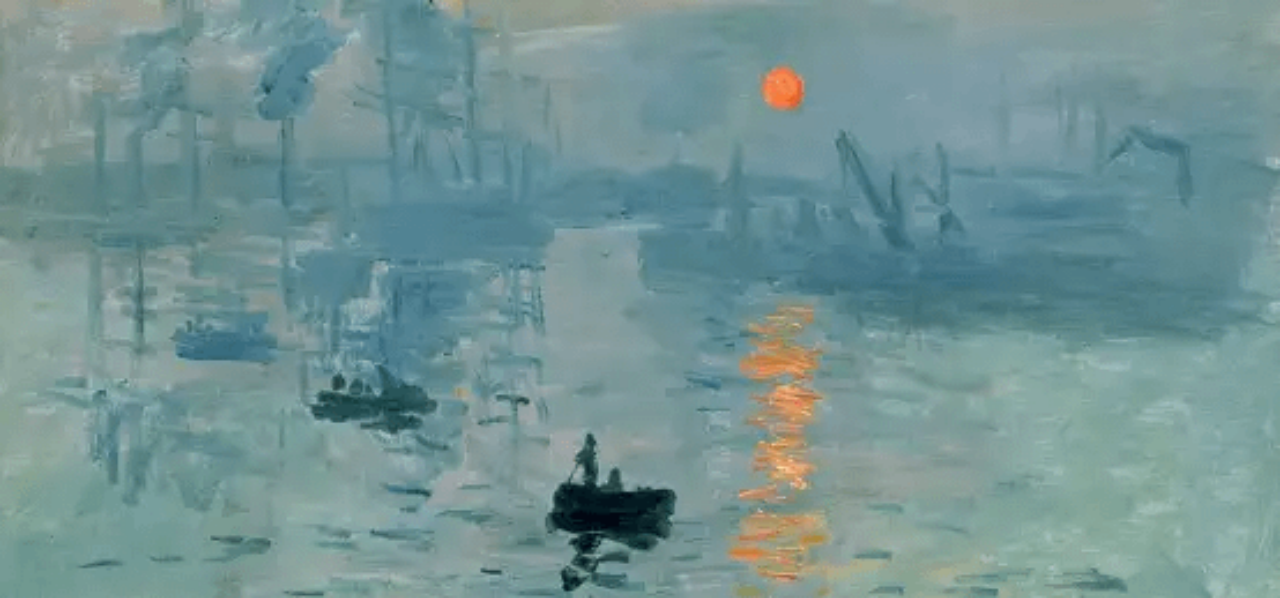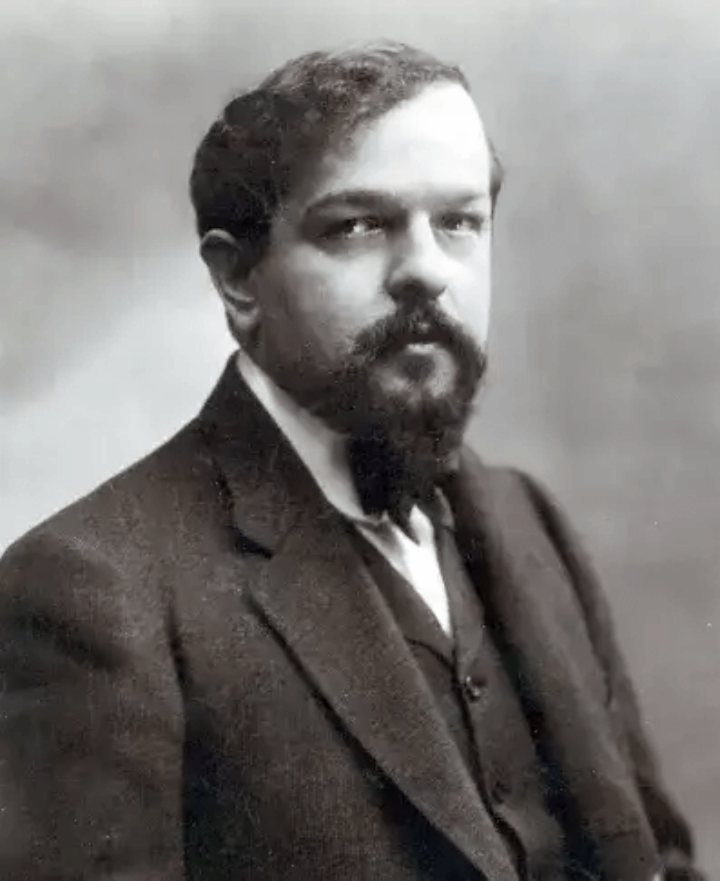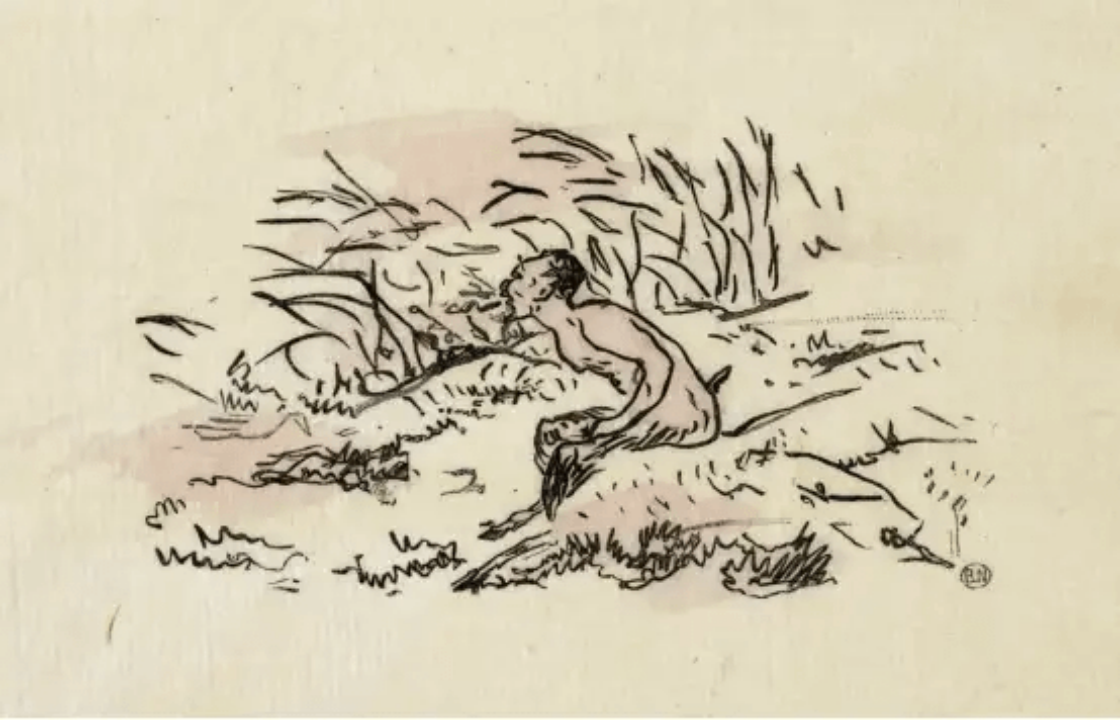Piano Music Learning: Impressionist Music and Claude Debussy
By the end of the 19th century, the world of music stood at the brink of transformation. This shift wasn’t abrupt or isolated—it evolved alongside developments in economics, culture, and aesthetics, driven by a collective desire for something new. In the late Romantic period, hints of atonality and individualized emotional expression began to emerge. Melodies gained more freedom, harmonic progressions and chromaticism became more vivid, and musical forms became more flexible. Smaller-scale compositions started to display more emotional depth and subtlety. As the 20th century arrived, these traits took center stage in what is often chronologically referred to as Impressionist music, a style now essential to any comprehensive piano music learning journey.

The word “Impressionism” originated in the visual arts, describing a revolutionary painting style that flourished in 19th-century Paris. These artworks abandoned realism in favor of suggestion, light, and atmosphere. Famous music composers in this period began to emulate this freedom and nuance in their sound. Musicians rejected the grandeur and drama of Romanticism in favor of softer, more abstract textures, seeking an entirely different emotional language.

Among the leading figures of this shift was Claude Debussy, a famous Impressionism pianist who embraced the ideals of the painters he admired—especially Monet. Debussy famously referred to himself as Monet’s pupil and often gave his compositions titles that evoked images, places, or sensations, blurring the line between music and visual art.
Claude Debussy
Debussy was naturally romantic and deeply imaginative. From a young age, he was immersed in French Impressionist culture, and by age 11, he had already entered the Paris Conservatoire. There, he quickly gained a reputation as someone who challenged convention. Around 1880, Debussy encountered the music of Mussorgsky—a famous music composer whose innovative harmonies profoundly influenced him.

Debussy’s musical language continued to evolve. He drew inspiration from Eastern melodies, Spanish folk rhythms, and early African-American music. He made extensive use of whole tone scales, parallel chord motion, and ambiguous harmonic progressions. These elements became trademarks of his sound and laid the groundwork for 20th-century modern music. For those on a piano music learning path, studying Debussy’s innovations provides valuable insights into texture, form, and non-traditional harmony.
While Debussy’s compositional output wasn’t vast, it was impactful. He died in 1918, leaving behind a modest catalog of operas, symphonic poems, and piano works. His best-known orchestral works include “La Mer,” “Prélude à l’après-midi d’un faune,” and the opera “Pelléas et Mélisande.” Though Debussy was labeled a key figure in Impressionist music, he personally resisted this classification, leaning more toward the symbolist movement. Nonetheless, his music continues to inspire generations of famous Impressionism pianists and composers.
“Prélude à l’après-midi d’un faune”
Composed between 1892 and 1894, this piece was inspired by Mallarmé’s poem of the same name. It’s considered Debussy’s first major Impressionist composition. The poem describes a hazy afternoon full of dreams and longing, and Debussy sought to express these images musically.

Using flute, oboe, and clarinet—alongside harp glissandi and muted horns—Debussy crafted a subtle and sensual sonic landscape. His treatment of timbre was painterly, using orchestral colors like brushstrokes. The blurring of harmony, rhythm, and melody in this piece marked a radical departure from traditional compositional forms and is essential study material in advanced piano music learning curricula.
In his compositions, Debussy moved away from clear-cut formal structures, instead emphasizing sonic textures and atmosphere. His approach has had a lasting influence on modern music. Today, his works are celebrated among students and performers alike, especially those seeking to explore more expressive, non-linear forms of piano music learning.
For those interested in experiencing Debussy’s sound firsthand, SheetMusicGo offers a wide range of downloadable scores, including Prélude à l’après-midi d’un faune, ideal for both performance and analysis. Many of these resources are available in our curated free classical music collection, perfect for musicians looking to explore masterpieces by famous music composers like Debussy.
Debussy’s dreamlike and emotional compositions—though labeled Impressionist—carry a deeply personal and symbolic essence. Whether you're a student studying composition or a performer diving into Debussy's tone poems, his work offers invaluable insight into the possibilities of timbre and texture. And for those on their piano music learning journey, pieces by this famous Impressionism pianist are a must.
At SheetMusicGo, we’re committed to supporting that journey by offering expertly arranged sheet music, educational materials, and access to both well-known and rare works from the golden age of free classical music. Whether you're interpreting a Debussy prelude or discovering your next favorite famous music composer, you'll find inspiration waiting for you.












